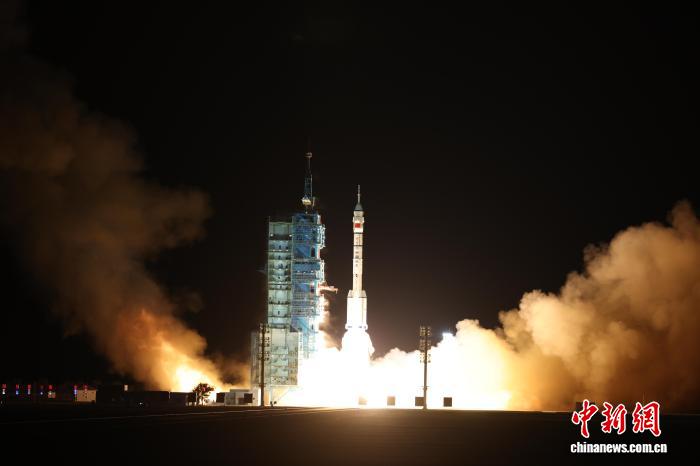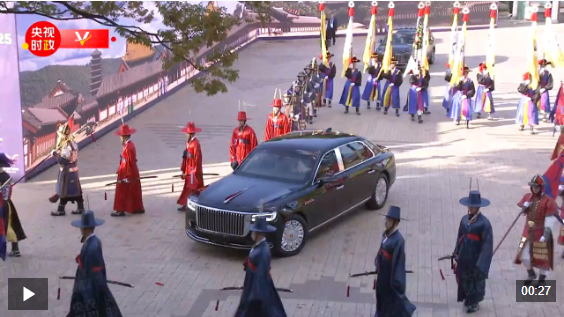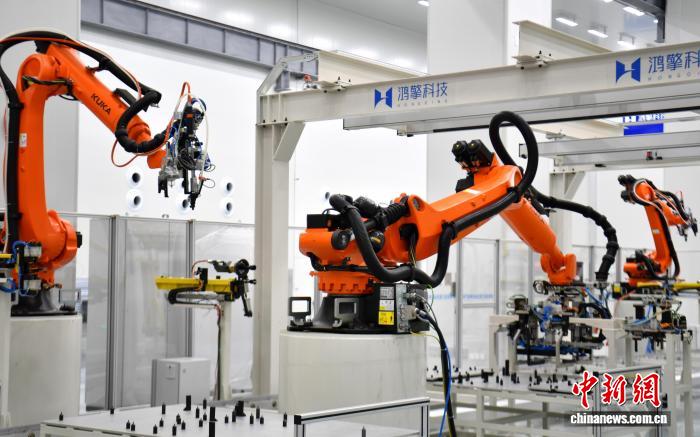Findings refine knowledge of galaxy
A Chinese astronomer has helped uncover the exuberant "teenage years" of the Milky Way when it merged with a satellite galaxy, consumed plenty of hydrogen gas and formed many stars, according to a study published in the journal Nature on Thursday.
Xiang Maosheng and Hans-Walter Rix, two astronomers working at the Max Planck Institute for Astronomy in Germany, made the discoveries using data from the Large Sky Area Multi-Object Fiber Spectroscopic Telescope in Hebei province and the European Space Agency's Gaia Telescope.
They examined the ages, chemical compositions and orbits of nearly 250,000 stars in our galaxy, and used them like a "stellar clock" to piece together the most precise estimate of the Milky Way's evolution to date.
The findings have refined our understanding of the Milky Way's evolution, suggesting that parts of it were taking shape much earlier than previously thought. They also suggest the Milky Way may have collided and merged with a satellite galaxy called Gaia-Sausage-Enceladus about 11 billion years ago.
From about 13 to 8 billion years ago, the Milky Way was essentially in its adolescent phase, characterized by creating a massive number of stars. Its productivity peaked around 11.2 billion years ago, the study said.
The high formation of stars might be due to the two merging galaxies colliding and mixing huge amounts of interstellar material and gases together, leading to favorable conditions for new stars to be born.
Broadly speaking, our home galaxy's structure is made of two components: the halo and the disk. Traditional theory held that the halo, the spherical region surrounding the disk, is the oldest component of the galaxy.
However, the study found that the thicker region of the disk of stars that make up the core of our galaxy, also known as the "thick disk", began forming around 13 billion years ago, 800 million years after the Big Bang.
This meant parts of our Milky Way galaxy were forming 2 billion years earlier than the assembly of the halo, during the period known as the cosmic Dark Ages about 370,000 to 1 billion years after the Big Bang.
From the subsequent 8 billion years to the present, our galaxy entered its long and relatively "tamed" adulthood as the thick disk had exhausted much of its initial supply of hydrogen gas, the material needed to sustain nuclear fusion at a star's core.
Rix told Nature that their methodology is comparable to studying the evolution of a metropolis by finding out who lived where, when houses were built, and how and when people moved around.
Xiang, who was a postdoctoral fellow at the National Astronomical Observatories of the Chinese Academy of Sciences, said stars are like fossils, which help scientists probe the galaxy's past.
Given how the study only sampled a tiny fraction of the estimated 100 to 400 billion stars in the Milky Way, Xiang said he hopes to examine a much greater number of stars across considerably larger distances in the future to get a more precise chronology of our galaxy.
 最新热点
最新热点
-
阿富汗北部发生6.3级地震 首都震感明显
阿富汗北部发生6.3级地震 首都震感明显
最新热点新华社喀布尔11月3日电(记者张艺缤 胥舒骜)据美国地质调查局地震信息网消息,阿富汗当地时间3日0时58分(北京时间3日4时28分),阿富汗北部巴尔赫省胡勒...
-
独家视频丨习近平乘车抵达庆州博物馆 韩国总统热情迎接
独家视频丨习近平乘车抵达庆州博物馆 韩国总统热情迎接
最新热点当地时间11月1日下午,韩国总统李在明在庆州博物馆为中国国家主席习近平举行欢迎仪式。 总监制丨申勇 监制丨龚雪辉 记者丨史伟 王鹏飞 邢彬...
-
视频丨李在明回答总台记者提问:致力于加强与中国合作
视频丨李在明回答总台记者提问:致力于加强与中国合作
最新热点11月1日,韩国总统李在明在亚太经合组织领导人非正式会议结束后举行记者会,介绍会议成果。在回答中央广播电视总台记者提问时,李在明表示,中韩经济合作至关重...
-
视频丨APEC秘书处执行主任:期待会议上的中国声音
视频丨APEC秘书处执行主任:期待会议上的中国声音
最新热点10月31日,亚太经合组织(APEC)第三十二次领导人非正式会议将在韩国庆州举行。近日,总台记者专访APEC秘书处执行主任佩德罗萨,并梳理了一份会议看点...
-
独家视频丨习近平会见加拿大总理卡尼















 中国央行:前三季度工业中长期贷款保持较快增长
中国央行:前三季度工业中长期贷款保持较快增长
 首颗“雄安造”卫星完成生产下线
首颗“雄安造”卫星完成生产下线
 中国生成式人工智能用户规模达5.15亿人
中国生成式人工智能用户规模达5.15亿人
